Ответы на 25 самых популярных вопросов о литий-ионных батареях!

Понимание того, что такое литий-ионные аккумуляторы, похоже на путешествие по лабиринту: множество поворотов и поворотов, без четкого пути к концу. Поскольку технологии продолжают развиваться, людям важно идти в ногу с последними достижениями в области аккумуляторных источников питания. Эта статья даст ключ к ответу на некоторые из наиболее распространенных вопросов о литий-ионных батареях, предоставляя читателям информацию, столь же мощную, как и сами эти источники энергии.
Разработка литий-ионных аккумуляторов произвела революцию в современной жизни; теперь они используются во всем: от сотовых телефонов до электромобилей. Чтобы убедиться, что вы принимаете обоснованные решения о том, как лучше всего использовать эту форму хранения энергии, важно знать, какие вопросы вам следует задать при их рассмотрении. В этой статье мы разберем 25 наиболее часто задаваемых вопросов о литий-ионных батареях и дадим простые ответы, чтобы читатели лучше понимали их использование и соображения безопасности.
1. Как работает литий-ионный аккумулятор?
А литий-ионный аккумулятор состоит из анода, катода и электролита. Анод обычно изготавливается из графита или других углеродных материалов, а катод состоит из материала, содержащего ионы лития например, оксид кобальта. Эти два компонента разделяет электролит, который обеспечивает поток ионов лития между ними при зарядке и разрядке.
Во время использования электроны перемещаются от отрицательного анода к положительному катоду через внешнюю цепь, позволяя отводить ток из батареи, обеспечивая питание любого устройства, к которому она подключена. Отменить это процесс заставляет электроны возвращаться в батарею через ту же цепь, позволяя снова зарядить его. Ионы лития также мигрируют через этот внутренний барьер, что приводит к химической реакции, которая сохраняет энергию внутри клеток до тех пор, пока она не высвободится снова, когда это необходимо.
2. Как долго может работать литий-ионная батарея?

Срок службы литий-ионного аккумулятора зависит от многих факторов, включая тип используемого элемента, условия окружающей среды и способы зарядки. Вот четыре ключевых элемента, которые влияют на долговечность литий-ионных батарей:
- Емкость, на которую он заряжается.
- Частота, с которой он разряжается и перезаряжается.
- Температура окружающей среды, при которой он хранится или используется.
- Качество ячеек, содержащихся в аккумуляторном блоке.
При правильном и регулярном использовании высококачественной литий-ионной батареи ее срок службы может достигать 10 и более лет в зависимости от особенностей использования и условий окружающей среды. Чтобы пользователи могли в полной мере воспользоваться преимуществами литий-ионных батарей, при использовании литий-ионных батарей лучше всего хранить их при температуре 15–25 °C (68–77 °F). Если они не используются в течение длительного времени, уровень напряжения необходимо регулярно проверять. Следите за тем, чтобы аккумулятор не был чрезмерно разряжен.
3. Каков самый большой недостаток литий-ионных аккумуляторов?
Хотя литий-ионные аккумуляторы имеют преимущество Имея высокую плотность энергии, их самым большим недостатком является то, что они склонны к тепловому выходу из-под контроля. Когда температура повышается и химическая реакция внутри батареи приводит к дальнейшему повышению температуры, батарея становится нестабильной и даже взрывается или загореться. Поэтому всегда необходимо соблюдать надлежащие протоколы зарядки и производители литиевых батарей должны включать в свою продукцию функции безопасности, такие как устройства измерения температуры и ограничители тока.
Кроме того, хотя литий-ионные батареи не так подвержены эффекту памяти, как батареи на основе никеля, они все же испытывают некоторую потерю емкости с течением времени из-за циклических циклов и старения. Поэтому регулярное обслуживание и циклы замены должны быть учтены в любом долгосрочном плане использования этих батарей.
4. Что убивает литий-ионные аккумуляторы?
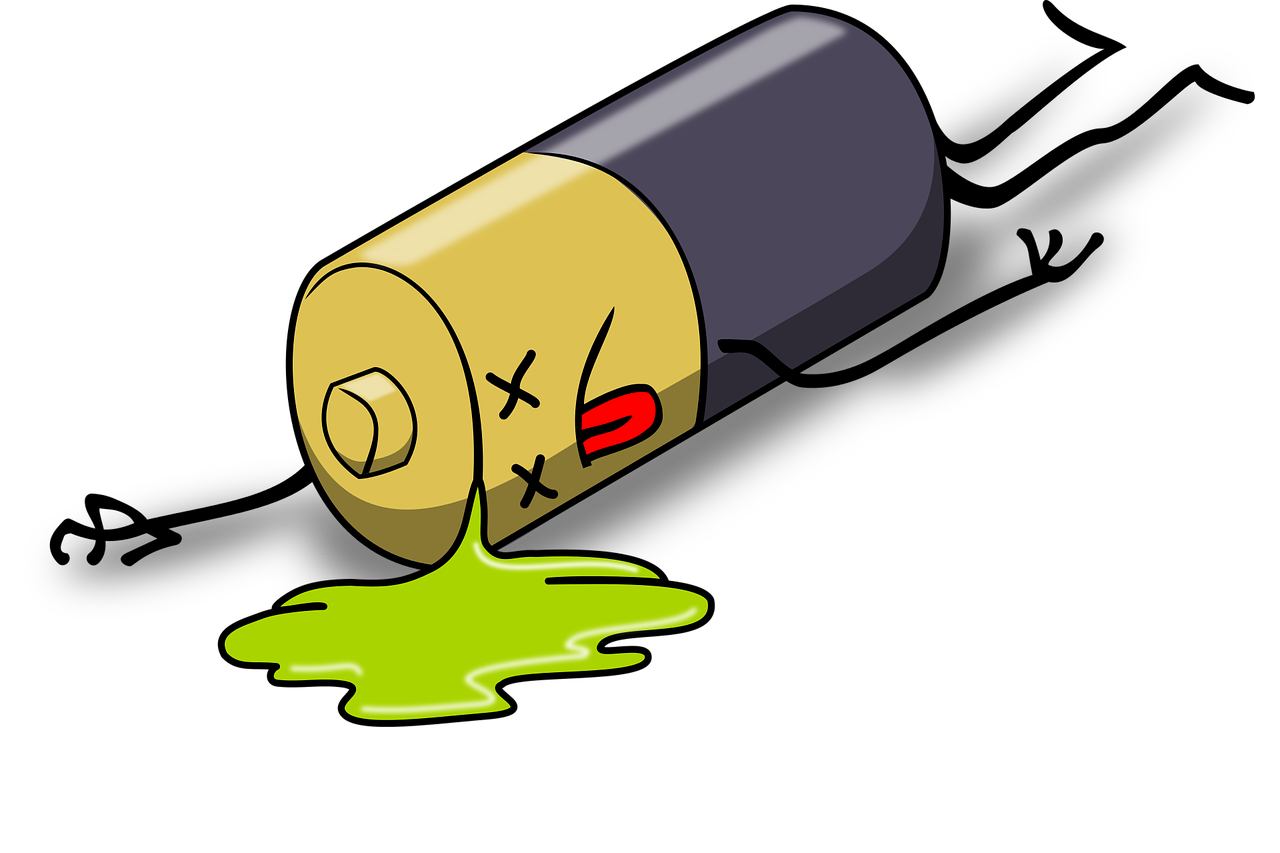
(1) Экстремальная температура
Тепло оказывает существенное влияние на срок службы литий-ионного аккумулятора. При воздействии высоких температур внутренний электролит начинает разрушаться быстрее, чем обычно, что со временем приводит к усилению коррозии и снижению емкости. Хранение устройств вдали от прямых солнечных лучей или других источников тепла имеет важное значение для поддержания оптимальной производительности.
Кроме того, зарядка их в условиях сильного холода приведет к необратимому повреждению, поскольку скорость реакции значительно замедляется при более низких температурах. Важно не просто избегать крайностей, но и сохранять оптимальная температура хранения между 40-45 градусами Цельсия (104-113 Фаренгейта).
(2) Физический урон
На литий-ионные аккумуляторы влияет не только температура, но и физические нагрузки, такие как удары или вибрация. Падение устройства на твердые поверхности может привести к короткому замыканию из-за давления, оказываемого на определенные области элемента, где встречаются контакты, и нарушить стабильность самой печатной платы.
Аналогичным образом, воздействие воды может привести к появлению посторонних элементов, которые разъедают такие компоненты, как медная проводка, что приводит к дальнейшему нарушению тока во всей системе, если не принять меры. Правильный уход за устройством, бережное обращение и поддержание его в сухости имеет первостепенное значение для его долговечности.
5. Могут ли литий-ионные аккумуляторы взорваться?

Литий-ионные аккумуляторы содержат горючие материалы и поэтому могут представлять опасность при неправильном обращении. В связи с этим возникает важный вопрос: может ли литий-ионные аккумуляторы взрываются?
Ответ: да; однако есть несколько факторов, влияющих на вероятность этого. В следующей таблице представлена дополнительная информация об этих способствующих факторах:
| Способствующие факторы | Подробности |
|---|---|
| Высокие температуры | Тепло вызывает деградацию элементов аккумуляторной батареи, что увеличивает риск возгорания или взрыва. |
| Перезарядка | Чрезмерное напряжение, приложенное к элементам аккумуляторной батареи, повреждает их и увеличивает вероятность возгорания/взрыва. |
| Заводской брак | Плохой контроль качества во время производства может привести к появлению дефектных элементов с повышенным риском возгорания. |
| Физический урон | Поврежденный корпус обнажает внутренние компоненты, что приводит к короткому замыканию и увеличению вероятности возгорания. |
Литий-ионные аккумуляторы всегда следует хранить при комнатной температуре, заряжать в установленных пределах и регулярно проверять на предмет каких-либо физических повреждений. Кроме того, их следует приобретать только у надежных источников, поскольку дефекты, возникающие из-за плохих производственных стандартов, могут привести к катастрофическим происшествиям, таким как взрывы или пожары. Соблюдение этих мер предосторожности поможет минимизировать риски, связанные с использованием литий-ионных аккумуляторов.
6. Протекают ли литий-ионные аккумуляторы?
Да, в целом утечка литий-ионных аккумуляторов может быть вызвано несколькими факторами, такими как перезарядка или длительное использование при высоких температурах. Когда ионы лития вырваться из клеток, они могут нанести вред окружающим предметам или людям.
Хорошей новостью является то, что современные литий-ионные аккумуляторы имеют функции безопасности, которые помогают снизить вероятность утечки. К ним относятся датчики температуры, которые отключают зарядку, если она достигает небезопасного уровня, и клапаны давления, которые действуют как механизм выпуска, если внутри элемента накапливается слишком много газа.
7. Можно ли оставить литий-ионную батарею в зарядном устройстве на ночь?
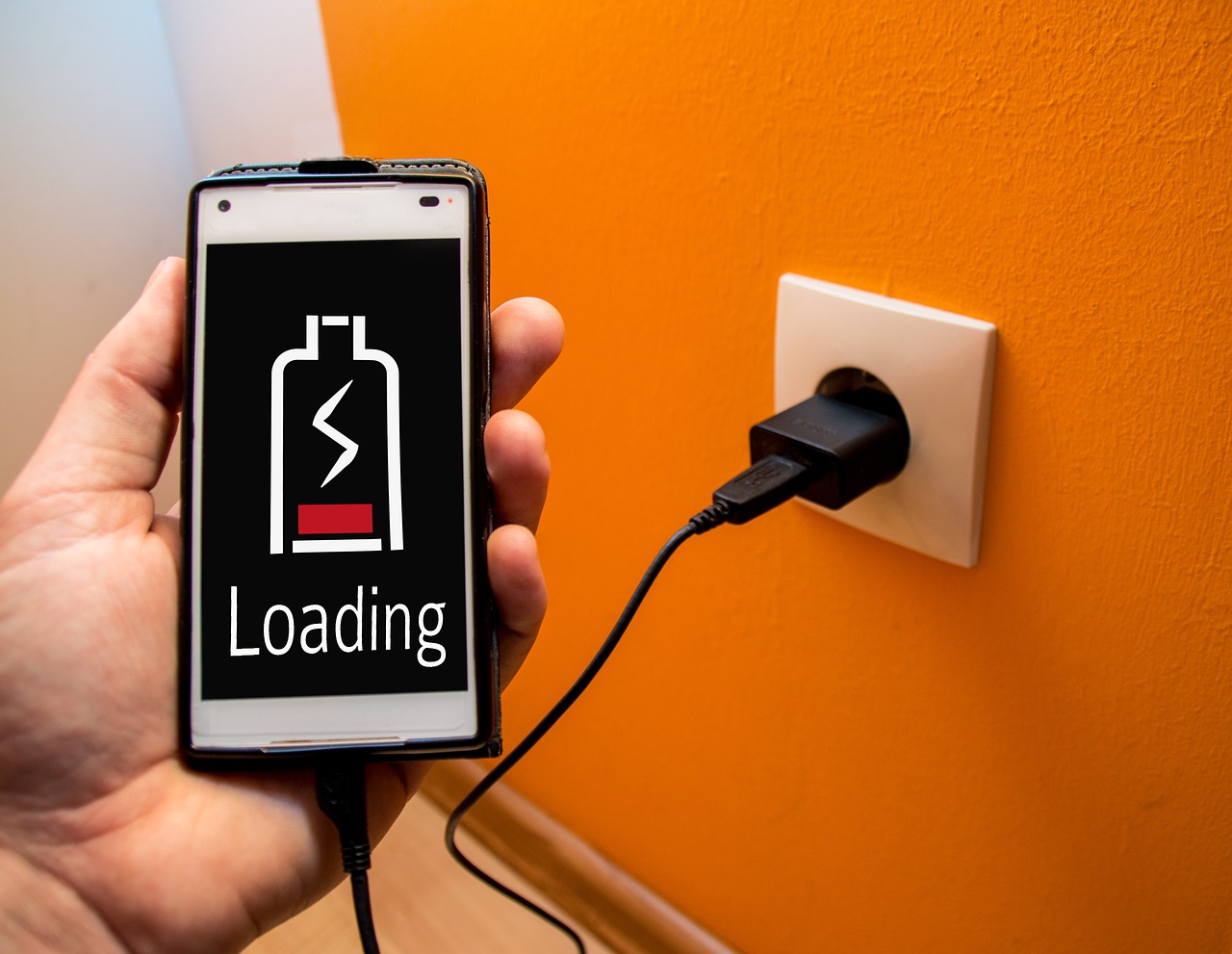
Нет, не рекомендуется оставлять их заряжаться в течение длительного времени, так как это может сократить срок службы батареи и даже привести к повреждению, если делать это неоднократно в течение длительных интервалов времени.
Как правило, литий-ионные аккумуляторы следует вынимать из зарядных устройств, когда они достигают полной емкости, о чем обычно свидетельствует светодиод или другой индикатор. Если оставить их в зарядном устройстве после этой точки, увеличивается внутреннее тепловыделение, что приводит к необратимому повреждению их элементов. Это также ускоряет естественный процесс старения этих батарей; уменьшая как емкость заряда, так и ожидаемую продолжительность цикла каждый раз, когда они остаются подключенными к источнику питания без необходимости.
При зарядке литий-ионного аккумулятора вашего устройства обязательно следите за его ходом до тех пор, пока он не достигнет полной емкости, и сразу же отключите его после завершения. Следование этой практике обеспечит более длительный срок службы батареи и позволит избежать любых потенциальных опасностей, связанных с оставлением литий-ионных батарей в зарядных устройствах на слишком долгое время.
8. В чем разница между литиевой батареей и литий-ионной батареей?
Литиевые батареи и литий-ионные батареи — это два типа перезаряжаемых батарей. источники, используемые в различных приложениях. Литий батарейки в качестве активного ингредиента используют металлический литий, в то время как литий-ионные батареи имеют элемент, состоящий из различных материалов, включая графит или углерод. Основное различие между этими двумя заключается в том, что первый использует химическую реакцию для выработки электроэнергии, а второй использует для этого электрохимические процессы.
Преимущество использования литий-ионной технологии перед другими типами аккумуляторов заключается в более высокой плотности энергии, что позволяет увеличить время работы с меньшим количеством зарядов за цикл. Кроме того, он предлагает улучшенные функции безопасности, такие как защита от перегрева, и лучшую производительность благодаря своей конструкции. низкий уровень саморазряда. Это делает их особенно полезными для портативной электроники, такой как смартфоны, планшеты и ноутбуки, где вес и размер являются важными факторами. По сравнению с никель-металлогидридным или свинцово-кислотные аккумуляторы, они предлагают превосходную эффективность и зарядную емкость при более низкой стоимости.
9. Как утилизировать литий-ионные аккумуляторы?

Переработка литий-ионных аккумуляторов является важной частью защиты окружающей среды и сохранения ресурсов. Литий-ионные аккумуляторы используются во многих распространенных устройствах, включая сотовые телефоны, ноутбуки, фотоаппараты и электроинструменты. Переработка этих батарей может помочь уменьшить количество отходов, попадающих на свалки, и сохранить ценное сырье.
- Процесс переработки начинается, когда аккумулятор поступает на специализированный объект, который его собирает и обрабатывает для повторного использования или демонтажа.
- Затем батареи разбираются, чтобы отделить металл от других компонентов, таких как пластиковый корпус или изоляционный материал.
- Такие металлы, как медь, алюминий, сталь и никель, извлекаются из клеток и могут быть переработаны обратно в новые продукты.
- В некоторых случаях даже опасные материалы, такие как тяжелые металлы, также может потребоваться безопасно удалить перед утилизацией.
- Наконец, оставшиеся детали утилизируются ответственно в соответствии с местными правилами.
10. Каково время зарядки литий-ионного аккумулятора?
Время зарядки литий-ионного аккумулятора зависит от типа и емкость батареи, а также зарядный ток. Вообще говоря, полная зарядка стандартного литий-ионного аккумулятора током 1 А (1000 мА) обычно занимает около 4 часов.
Вот несколько важных моментов о зарядке литий-ионных аккумуляторов:
- Более высокая сила тока приведет к более быстрому заряду.
- Быстродействующие зарядные устройства позволяют перезарядить аккумулятор до 80% за 15 минут или меньше.
- При использовании внешнего зарядного устройства всегда следуйте настройкам, рекомендованным производителем.
Принимая во внимание, сколько времени потребуется для зарядки аккумулятора вашего устройства, обязательно используйте соответствующий адаптер питания, который соответствует его требованиям к напряжению и позволяет соответствующим образом регулировать выходную силу тока. Кроме того, старайтесь не перезаряжать аккумулятор, отключая его после достижения полной емкости. Таким образом, вы можете обеспечить максимальную производительность и срок службы вашего литий-ионного аккумулятора, сохраняя при этом себя от потенциальных опасностей, связанных с длительным воздействием высокого напряжения.
11. Как продлить срок службы литий-ионных аккумуляторов?
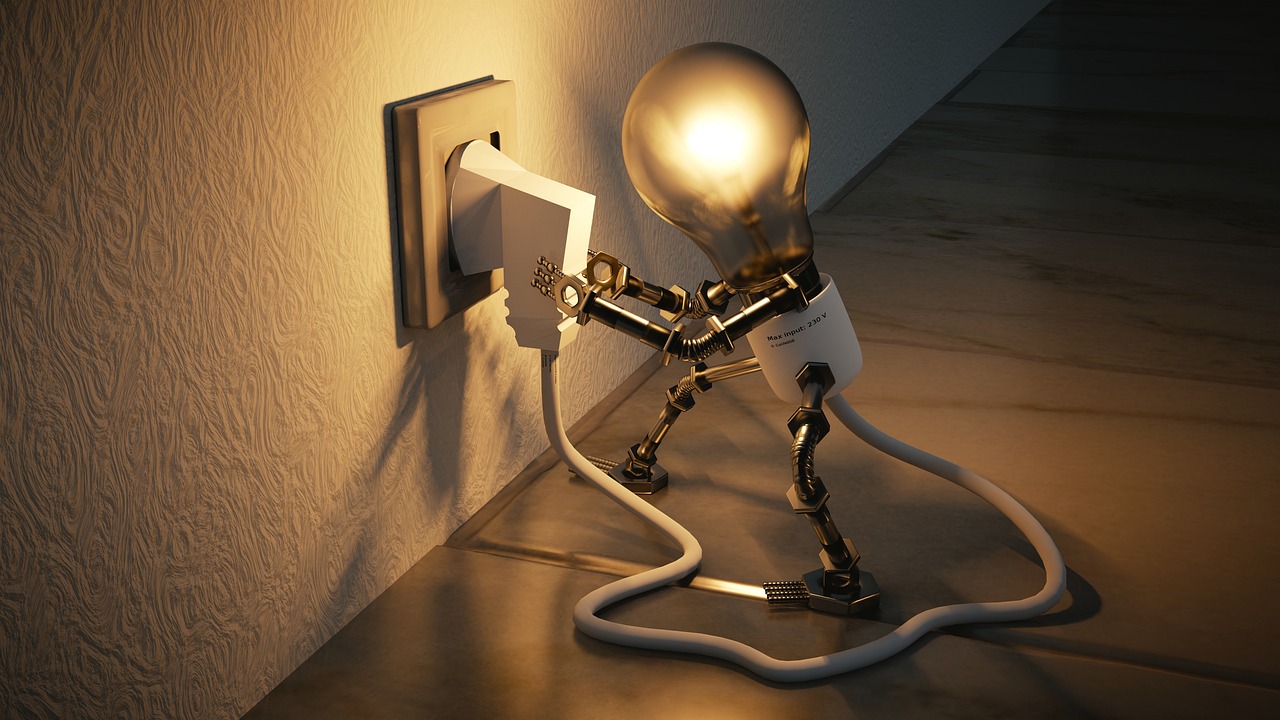
Благодаря своим многочисленным преимуществам, таким как легкий вес и долговечность, литий-ионные аккумуляторы становятся все более популярными в различных устройствах. Знание некоторых простых шагов поможет сохранить оптимальную работу вашего литий-ионного аккумулятора на долгие годы.
(1) Заряжайте правильно
Первым шагом к продлению срока службы литий-ионного аккумулятора является правильная зарядка привычки. Важно при зарядке следовать инструкциям производителя вашего устройства и использовать только рекомендованное зарядное устройство или адаптер, поставляемые в комплекте с устройством. Кроме того, избегайте перезарядки, отключая устройство от сети после полной зарядки, и не оставляйте устройство включенным на ночь. Слишком большой ток может повредить элементы батареи и со временем значительно снизить ее емкость.
(2) Подходящая температура окружающей среды
Для обеспечения оптимальной производительности и долговечности аккумуляторов любого типа необходимо избегать перепадов температур. Это означает, что не следует оставлять батареи на улице во время экстремальных температур, например, холодной зимой или жарким летом, и не подвергать их воздействию источников тепла, таких как печи или камины.
Кроме того, всегда храните литий-ионные аккумуляторы при комнатной температуре, в идеале от 40°F (4°C) до 77°F (25°C). Хранение их при более высоких или более низких температурах может привести к необратимому повреждению элементов внутри, что приведет к снижению уровня емкости или даже к полному выходу из строя после нескольких циклов зарядки.
12. Могу ли я использовать другое зарядное устройство для моего литий-ионного аккумулятора?
Зарядка литий-ионного аккумулятора неподходящим зарядным устройством может быть опасной и вредной. Производители аккумуляторов обычно рекомендуют использовать только зарядные устройства, специально разработанные для их продуктов, поскольку они прошли испытания на безопасную и эффективную работу. Зарядное устройство не должно превышать максимальное напряжение или ток аккумулятора; в противном случае это может привести к перегреву и/или возгоранию. Также важно помнить, что некоторые батареи требуют специальных методов зарядки, таких как защита от перезаряда, капельный заряд и контроль температуры.
Использование несовместимого зарядного устройства может привести к необратимому повреждению литий-ионного аккумулятора, поэтому выбор подходящего зарядного устройства для литий-ионного аккумулятора является важной частью обслуживание литий-ионных аккумуляторов. В общем, пользователям следует по возможности использовать зарядные устройства от производителей оригинального оборудования (OEM), поскольку они, как правило, хорошо спроектированы и протестированы профессионалами. Кроме того, вы всегда можете обратиться к руководствам пользователя или обратиться в отдел обслуживания клиентов, если не уверены, какой тип зарядного устройства подходит для использования с конкретной моделью литий-ионного аккумулятора.
13. Какова емкость литий-ионного аккумулятора?
Емкость литий-ионного аккумулятора является важным фактором, который следует учитывать при выборе подходящего источника питания для вашего устройства. Понимание того, сколько энергии может хранить батарея и как долго она будет работать при определенных условиях, имеет важное значение для обеспечения наиболее эффективного использования ваших батарей. Проще говоря, емкость указывает, сколько запасенной энергии доступно от данной батареи.
| Емкость | Описание |
|---|---|
| мАч (миллиампер-час) | Единица, описывающая заряд или электрический ток с течением времени. Он отражает количество электрического заряда, которое аккумулятор может нести при номинальном напряжении. Например, если литий-ионный элемент 3 В имеет номинал 2000 мАч, это означает, что этот элемент может выдавать ток 1 мА в течение 2000 часов или 2 А в течение 1000 часов перед полной разрядкой. |
| Втч (ватт-часы) | Единица измерения общего количества электрической энергии, потребляемой прибором в течение одного часа. Таким образом, если прибор потребляет 5 Вт электроэнергии в час, то он будет потреблять 5 Втч в час. Чем выше мощность, тем быстрее прибор будет расходовать энергию, накопленную в Аккумуляторная батарея. |
14. Могу ли я перезарядить литий-ионный аккумулятор?
Нет, если оставить аккумулятор в состоянии зарядки на длительный период времени под высоким напряжением, элементы могут быть повреждены из-за чрезмерного выделения тепла в результате перезарядки. Это может привести к необратимому повреждению элементов и печатных плат, что приведет к снижению производительности и даже сокращению срока службы батареи.
Чтобы избежать этой проблемы, пользователям всегда следует использовать качественное зарядное устройство, разработанное специально для их типа литий-ионного аккумулятора, с функциями безопасности, такими как автоматическое отключение при достижении полной зарядки. Кроме того, литий-ионные аккумуляторы никогда не следует заряжать без присмотра, поскольку они чувствительны и требуют тщательного контроля во время циклов зарядки. Правильные правила технического обслуживания, включая регулярную проверку и замену неисправных зарядных устройств, помогут обеспечить оптимальную производительность и долговечность ваших литий-ионных аккумуляторов.
15. В чем разница между литий-ионными и свинцово-кислотными аккумуляторами?
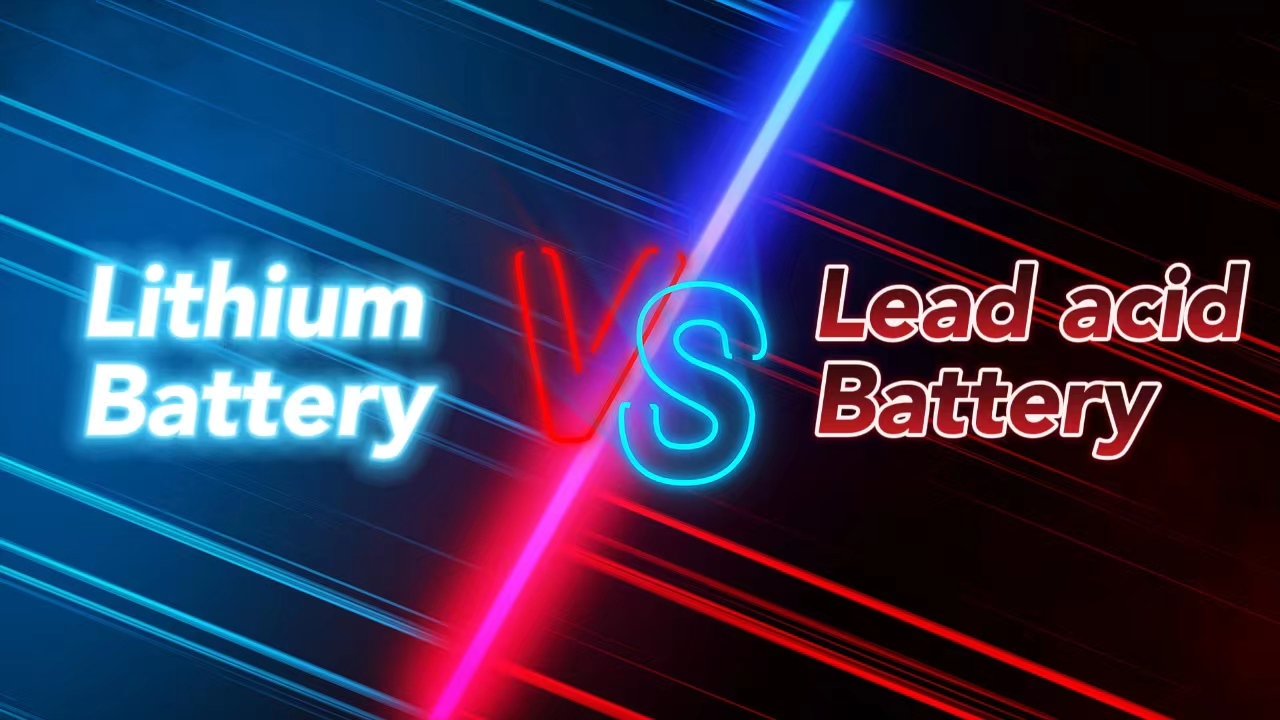
The Разница между литий-ионными аккумуляторами и свинцово-кислотными аккумуляторами является значительным. Литий-ионные аккумуляторы представляют собой технологию перезаряжаемых аккумуляторов, а свинцово-кислотные аккумуляторы являются одноразовыми. Свинцово-кислотные аккумуляторы существуют уже более 100 лет и являются одним из самых популярных типов аккумуляторов благодаря их более низкой стоимости и относительной простоте. Их можно найти в автомобильной промышленности, а также в бытовой электронике, такой как фонарики или радиоприемники.
Напротив, литий-ионные аккумуляторы обеспечивают более высокую плотность энергии, меньший вес, более длительный срок службы и более быстрое время зарядки по сравнению со своими свинцово-кислотными аналогами. Кроме того, они не страдают от эффекта памяти (постепенного снижения емкости с течением времени), который уже давно беспокоит никель-кадмиевые (NiCd) элементы. Таким образом, литий-ионная технология все чаще используется в ноутбуках и других портативных устройствах, которым требуются высокопроизводительные источники питания. Более того, эти же качества делают их привлекательным вариантом для электромобилей, поскольку они обеспечивают больший запас хода на одной зарядке, чем традиционные автомобили с двигателями внутреннего сгорания. В итоге, литий-ионные аккумуляторы имеют ряд преимуществ перед свинцово-кислотными элементами, но имеют более высокую цену.
16. Как хранить литий-ионные аккумуляторы?
Чтобы правильно хранить литий-ионные аккумуляторы и поддерживать их оптимальную работу, необходимо уделять внимание трем ключевым областям: температуре, состоянию заряда и местоположению.
(1) Температура
Температура напрямую зависит от срока службы и производительности аккумуляторов: слишком высокая или низкая температура может существенно повлиять на их емкость и долговечность. Комнатная температура от 15°C до 25°C идеальна для хранения литий-ионных элементов. Любая более низкая температура может привести к ухудшению производительности, а более высокие температуры могут привести к необратимому повреждению.
(2) Состояние заряда
Хранение полностью заряженные или полностью разряженные аккумуляторы в течение длительного периода времени могут значительно ухудшить их долгосрочное здоровье; Рекомендуется заряжать только при необходимости или разряжать до 30%-50% перед хранением. Это правило применимо в еще большей степени, если вы планируете оставлять устройство неиспользованным в течение длительного периода времени (более двух недель).
(3) Местоположение
Имеет значение то, где вы физически храните аккумуляторы, а также избегаете влажной среды, которая может подвергнуть их риску развития плесени или коррозии. Кроме того, если держать их подальше от металлических предметов, снижается вероятность короткого замыкания, которое может привести к непоправимому повреждению. Выполнение этих простых шагов поможет обеспечить работоспособность и производительность ваших литий-ионных аккумуляторов на протяжении всего срока службы.
17. Могу ли я использовать свое устройство во время зарядки литий-ионного аккумулятора?
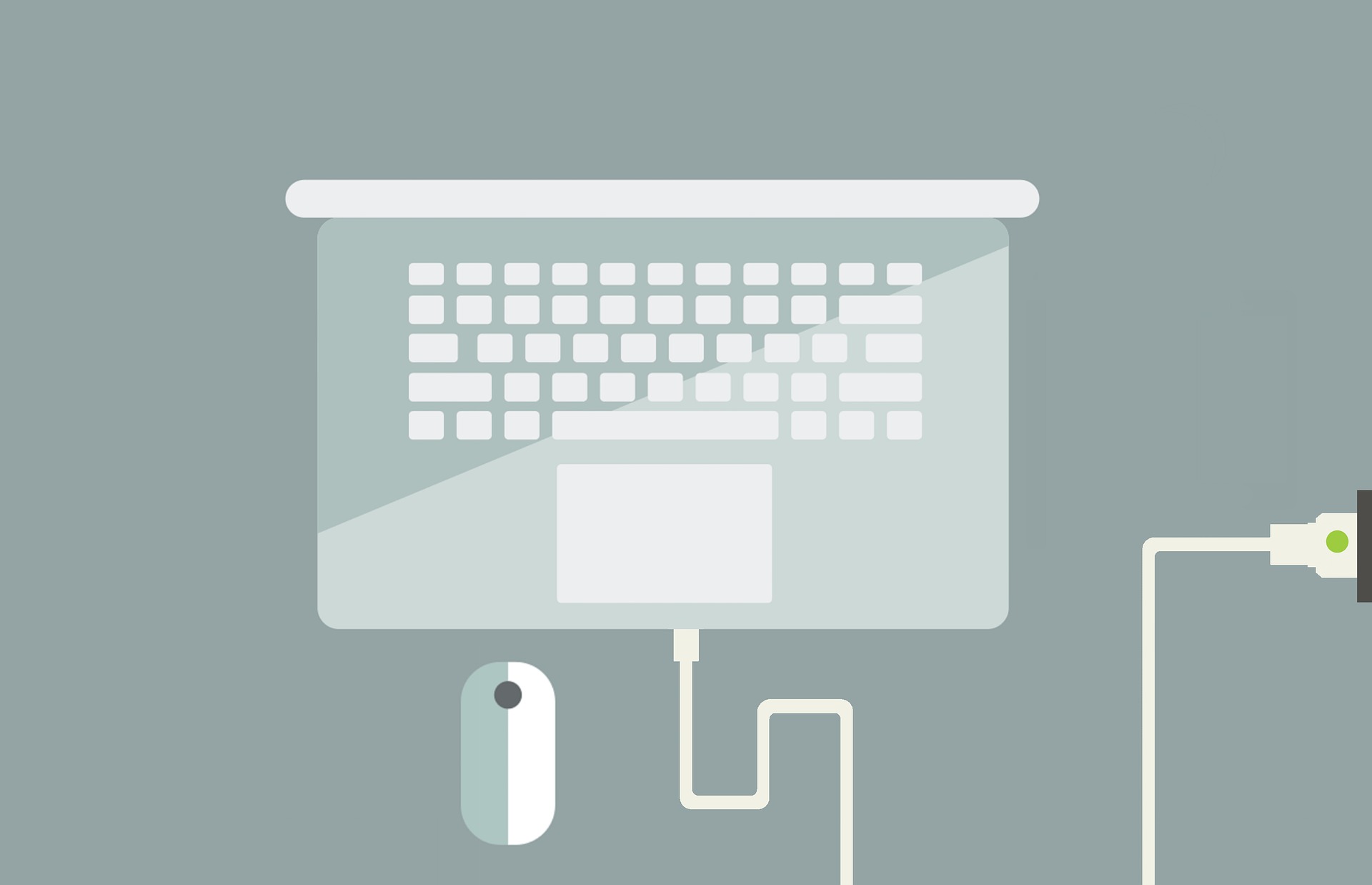
Ответ на этот вопрос: да, вы можете использовать свое устройство, пока заряжает литий-ионный аккумулятор. Это связано с тем, что скорость зарядки большинства литий-ионных аккумуляторов безопасна и не приведет к каким-либо повреждениям при использовании во время зарядки. Однако следует отметить, что использование устройства во время зарядки может снизить срок службы батареи со временем из-за увеличения количества тепла, выделяемого в результате обоих действий, происходящих одновременно. Вот пять советов по безопасному использованию устройства во время зарядки:
- Убедитесь, что вы используете подходящее зарядное устройство для вашего устройства; Неправильные зарядные устройства могут потенциально повредить аккумулятор или даже вызвать пожар.
- Старайтесь избегать интенсивных задач, таких как игры или просмотр потокового видео, во время зарядки, поскольку они могут выделять дополнительное тепло, что, в свою очередь, сокращает срок службы аккумулятора.
- Регулярно проверяйте свое устройство, чтобы убедиться, что оно не перегревается, в этом случае немедленно выключите его и дайте остыть, прежде чем продолжить зарядку.
- Отключайте аккумулятор после полной зарядки: оставление литий-ионного аккумулятора подключенным после полной зарядки приводит к ненужной нагрузке на его элементы, что со временем приводит к более быстрому снижению производительности и емкости.
- Использование внешнего источника питания, где это возможно, с подключением непосредственно к электросети, а не через ноутбук или компьютер, безопаснее и эффективнее обеспечивает стабильное электропитание, не создавая нагрузки ни на внутренние компоненты устройства, ни на структуру аккумуляторных элементов.
Зарядка литий-ионного аккумулятора во время использования вашего устройства сопряжена с некоторым риском, однако выполнение этих простых шагов поможет обезопасить вас и значительно продлить срок службы ваших аккумуляторов!
18. Каково напряжение литий-ионной батареи?
Напряжение литий-ионного аккумулятора определяется его химическим составом; Наиболее распространенные химические составы, используемые для литий-ионных элементов, включают оксид лития-кобальта (LCO), оксид лития-марганца (LMO), полимер и никель-металлогидрид (NiMH).
| Химия | Напряжение | Емкость |
|---|---|---|
| LCO | 3,6 В | 1200 мАч |
| ЖМО | 3,7 В | 1500 мАч |
| Полимер | 3,65 В | 2000 мАч |
| NiMH | 1,2 В | 2500 мАч |
Типичное номинальное напряжение элемента литий-ионной батареи колеблется от 2,75 до 4,20 вольт на элемент в зависимости от конкретного химического состава используемых элементов. Это означает, что если использовать четыре элемента 18650 емкостью 3000 мАч каждый, то общая номинальная емкость составит 12 000 мАч при номинальном уровне напряжения 14,4 В для этой конфигурации. Кроме того, разные производители используют немного разные напряжения, что также может повлиять на общую производительность устройства, которое они питают.
Важно отметить, что литий-ионные аккумуляторы никогда не следует разряжать ниже минимального безопасного рабочего напряжения, поскольку это значительно сократит срок их службы и увеличит риск возгорания или взрыва из-за чрезмерного нагревания внутри аккумулятора во время последующих циклов зарядки. Поэтому рекомендуется всегда заряжать их выше минимального безопасного уровня разряда, когда это возможно, чтобы обеспечить максимальную безопасность и оптимальную производительность с течением времени.
19. Что произойдет, если я проткну литий-ионную батарею?
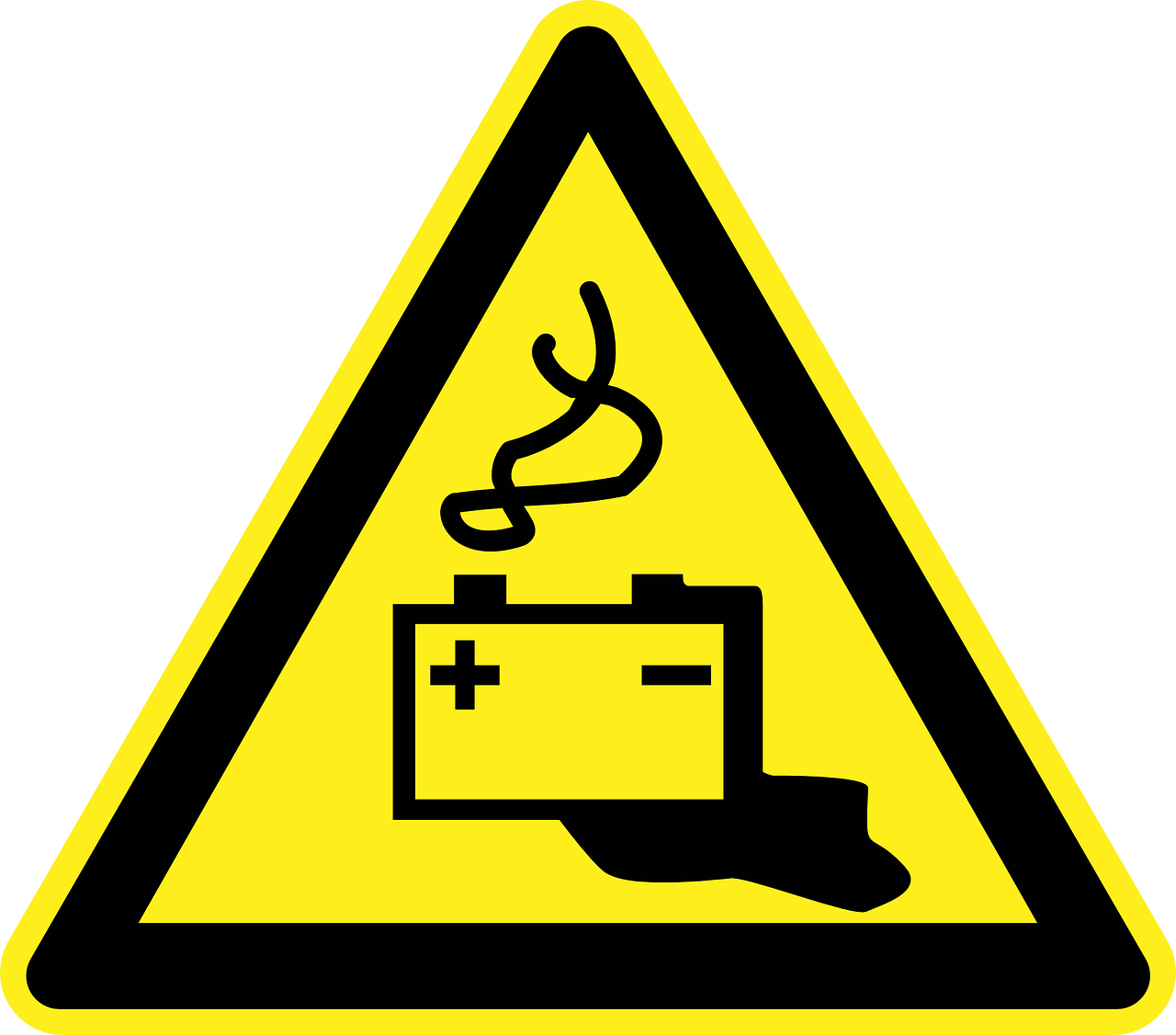
Прокол литий-ионного аккумулятора может иметь катастрофические последствия. По данным Национального агентства противопожарной защиты, в 2019 году было зарегистрировано более 18 000 случаев пожаров. литий-ионные аккумуляторы вызывая пожары и взрывы по всей Америке; 801ТП3Т из которых можно отнести к проколам.
Чтобы избежать катастрофических повреждений, важно понимать, что происходит, когда вы протыкаете литий-ионный аккумулятор:
- Электролиты могут начать вытекать из аккумуляторной батареи, если ее проткнуть.
- Вероятность короткого замыкания возникает из-за соприкосновения металлов друг с другом.
- Если оставить это короткое замыкание без присмотра, это может привести к тепловому выходу из строя, что приведет к взрыву или пожару.
- Химические ожоги также могут возникнуть в результате прямого контакта с утечкой электролита.
Нельзя недооценивать риски, связанные с проколом литий-ионных аккумуляторов. В дополнение к физической опасности, такой как химические ожоги или даже смерть от поражения электрическим током, любые попытки взлома или прокалывания этих элементов наверняка аннулируют гарантийное обслуживание, а также снизят их общую производительность. Поэтому рекомендуется, чтобы только квалифицированные специалисты занимались такими действиями от вашего имени и никогда не пытались самостоятельно ремонтировать эти типы аккумуляторов.
20. Можно ли использовать литий-ионные аккумуляторы при экстремальных температурах?
Нет, оптимальный температурный диапазон для литий-ионных аккумуляторов составляет от 0°C (32°F) до 45°C (113°F). Температуры за пределами этого диапазона могут привести к перегреву или замерзанию элементов, что приведет к необратимому повреждению.
Чтобы предотвратить накопление тепла, убедитесь, что любое устройство, содержащее литий-ионный аккумулятор, имеет достаточную вентиляцию и никогда не оставляйте его под прямыми солнечными лучами или рядом с любым источником тепла. При хранении литий-ионных аккумуляторов храните их при комнатной температуре, чтобы в элементе оставался заряд 30%.
Кроме того, избегайте их полной разрядки, так как это значительно сократит срок их службы. Для защиты от холодных погодных условий поместите элементы в изолированный контейнер, подобный тем, которые используются для походов или пикников. Таким образом, они остаются достаточно теплыми, чтобы не страдать от низких температур, но не настолько горячими, чтобы рисковать выходом из строя батареи.
21. Как я узнаю, что мой литий-ионный аккумулятор полностью заряжен?
Один из самых простых способов определить, полностью ли заряжена ваша литий-ионная батарея, — это проверить индикатор на зарядном устройстве или самом устройстве.
Этот свет обычно меняет цвет, когда процесс зарядки завершен. Если такого индикатора нет, то проверка уровней напряжения с помощью мультиметра должна дать точное представление о том, завершен ли цикл зарядки.
Кроме того, если возможно, использование встроенных систем мониторинга может быть полезным, поскольку они способны предоставлять более подробную информацию о текущих и прошлых циклах, которые испытывает конкретная батарея.
22. Можно ли использовать литий-ионные аккумуляторы, которые давно не использовались?
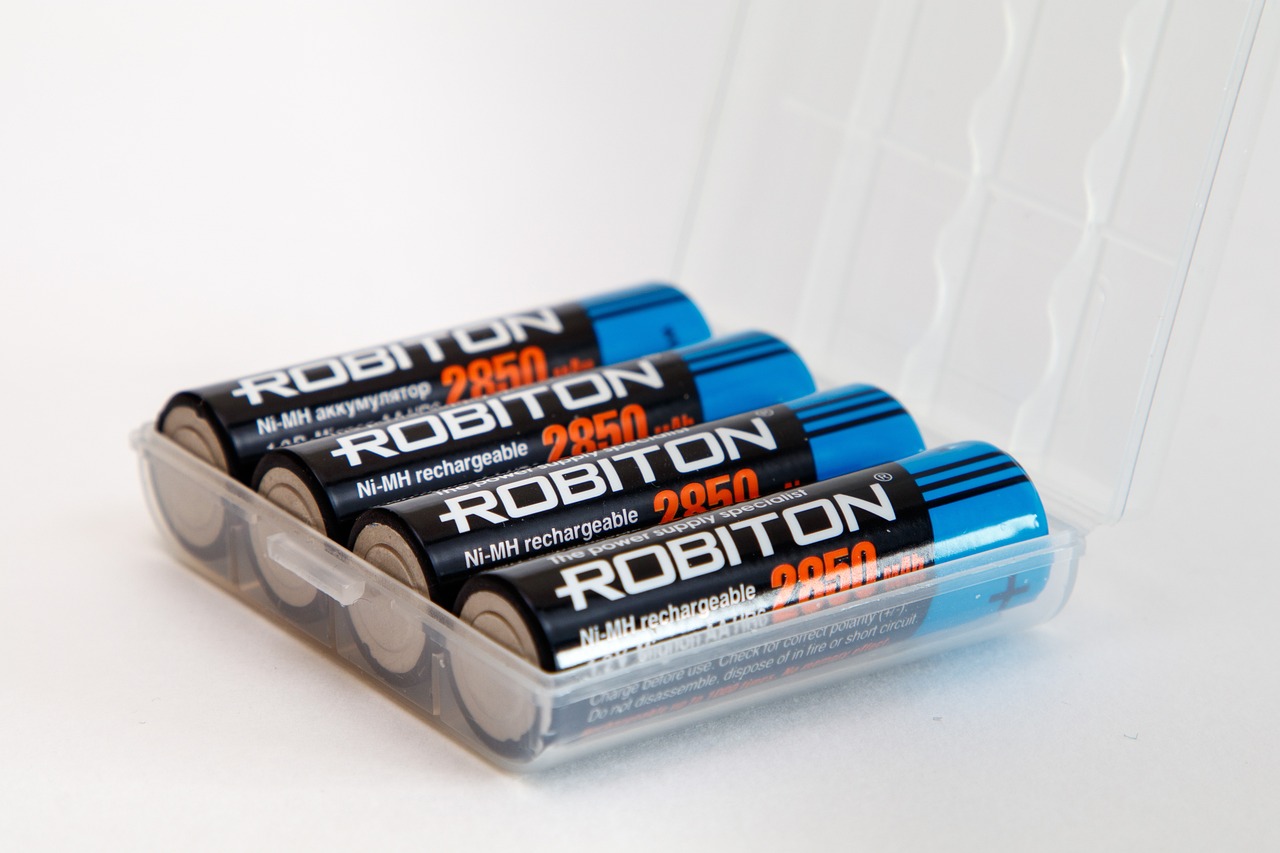
Подобно неиспользуемому автомобильному двигателю, литий-ионные аккумуляторы, которые не использовались в течение длительного времени, могут потребовать особого ухода при повторном использовании. Исследования показывают, что длительное бездействие может привести к деградации аккумулятора и потере способности удерживать заряд. Однако, если перед использованием аккумулятор правильно зарядить, он сможет сохранять свою емкость в течение долгого времени.
Есть несколько шагов, которые вы можете предпринять, чтобы Активируйте бездействующую литий-ионную батарею иметь наилучшие шансы на успех.
- Во-первых, перед использованием убедитесь, что батарея полностью заряжена. Это предотвращает любой ущерб, вызванный попыткой включения при недостаточном уровне заряда.
- Кроме того, пользователям следует избегать хранения своих батареи при экстремальных температурах или влажности, так как это может привести к к необратимому повреждению и резкому снижению производительности.
- Наконец, предусмотрите достаточное время для циклов зарядки и разрядки при повторном вводе батареи в эксплуатацию; это помогает поддерживать баланс клеток и максимизировать эффективность.
Принятие этих мер предосторожности поможет вернуть работоспособность старым литий-ионным батареям, не причиняя им дальнейшего вреда. При правильном обслуживании и обращении они обеспечат надежная мощность, как это было, когда бренд новый!
23. Как размер литий-ионного аккумулятора влияет на его производительность?
Размер литий-ионной батареи влияет на ее производительность двумя ключевыми способами. Во-первых, емкость литий-ионного аккумулятора определяется его объемом или массой. Это означает, что его плотность энергии будет ниже, чем у более крупных батарей с таким же химическим составом. Следовательно, меньший батареи с меньшей вероятностью будут обеспечивать достаточную мощность для приложений, требующих высокого потребления тока и длительного времени автономной работы, таких как электромобили (EV).
Во-вторых, размер литий-ионной батареи также определяет количество циклов, которые она может выдержать, прежде чем выйдет из строя из-за деградации, вызванной увеличением внутреннего сопротивления с течением времени. Меньшие элементы, как правило, имеют более высокое внутреннее сопротивление, из-за чего они нагреваются быстрее при зарядке или разрядке при более высоких токах, чем большие. Это приводит к сокращению жизненного цикла из-за повышенного износа компонентов элемента, что приводит к преждевременному выходу из строя.
Ясно, что выбор литий-ионного аккумулятора подходящего размера для любого конкретного применения важно как по соображениям безопасности, так и по соображениям оптимальной производительности. Кроме того, при выборе подходящей модели для конкретных требований также следует учитывать такие факторы, как стоимость и доступность.
24. Каковы правила зарядки литий-ионных аккумуляторов?

Первое правило заключается в том, что важно правильно заряжать их прямо из коробки; это означает ожидание полной разрядки перед началом первого цикла полной зарядки. Это помогает кондиционировать их, чтобы их можно было использовать оптимально с течением времени.
После этого пользователям следует избегать «непрерывной зарядки» или оставлять батарею подключенной к розетке в течение длительного времени. Эта практика сокращает ожидаемый срок службы, вызывая окисление на поверхности положительного электрода, а также перегрев некоторых компонентов.
Вместо этого пользователи должны выбирать «циклические или регулярные циклы разрядки/зарядки не реже одного раза в месяц». Кроме того, рекомендуется всегда стараться поддерживать состояние заряда 50%, если это возможно, поскольку длительное хранение со слишком большим или слишком низким уровнем энергии приводит к деградации из-за химических реакций, происходящих внутри элементов, когда они не используются.
Наконец, никогда не оставляйте литий-ионный аккумулятор полностью разряженным, поскольку это может привести к необратимому повреждению и сделать его непригодным для использования.
25. Следует ли хранить литиевые батареи полностью заряженными?
Важно понимать оптимальные условия хранения литий-ионных аккумуляторов.
- Подходящий Условия хранения: Батареи должны быть хранится в прохладном, сухом месте, вдали от прямых солнечных лучей и других источников тепла.
- Надлежащее состояние заряда: Храните батареи в заряженном состоянии 40%, а не полностью заряженными, высокий уровень заряда вызовет повышение температуры, что может привести к увеличению скорости саморазряда, что может привести к перезарядке, а реакция теплового разгона может привести к пожару. Кроме того, частично заряженная батарея обеспечивает более эффективные циклы зарядки, что означает меньшую нагрузку на батарею во время зарядки.
- Подходящая температура окружающей среды: Длительное воздействие высоких температур, особенно при полной зарядке, может привести к необратимому повреждению литий-ионных аккумуляторов, снижению их емкости и даже полному выходу из строя.
Поэтому, хотя может показаться заманчивым держать эти дополнительные электроны запертыми внутри батареи вашего устройства, в конечном итоге это лучшая практика не только для вашей собственной безопасности, но и для поддержания общего состояния здоровья и долговечности вашей литий-ионной батареи.
Батарея HARVEYPOW Lifepo4 против литий-ионной батареи
Аккумулятор Lifepo4 также относится к типу литий-ионных аккумуляторов. Из сравнения на рисунке ниже видно, что батарея lifepo4 превосходит другие литий-ионные батареи с точки зрения безопасности, термостойкости, срока службы и защиты окружающей среды.
| ПроизводительностьДругое Литий-ионные аккумуляторыLifepo4 Batteries | ||
|---|---|---|
| Жизненные циклы | 300-500 | 3000-6000 |
| Глубина разряда | 80%-90% | 90%-95% |
| Скорость саморазряда | 5% | 3% |
| Безопасность | Может загореться или взорваться | Небольшая вероятность перегрева |
| Экологически чистый | Содержит токсичные вещества | Без каких-либо токсичных веществ |
The ХАРВЕЙПОУ Аккумулятор lifepo4 основан на аккумуляторных элементах мирового гиганта CATL для создания первоклассной системы хранения солнечной энергии с частотой циклов до 8000 раз и степенью защиты IP65. Мы уверены в предоставлении 12-ЛЕТНЯЯ ГАРАНТИЯ.
«Высокая эффективность, энергосбережение, экологичность» — принцип нашего бренда, поэтому мы производим высококачественные продукты для хранения солнечной энергии для промышленности. Любая некачественная продукция равносильна увеличению загрязнения окружающей среды, а не развитию глобальной зеленой энергетики. Благодаря прозрачной производственной линии завода и многоуровневым контрольно-пропускным пунктам контроля качества HARVEYPOW готова отслеживать производственную ситуацию для клиентов на протяжении всего процесса и может предоставить паспорт проверки отгрузки каждого продукта, чтобы гарантировать, что продукт безопасен и надежен в использовании.
Итак, вам не придется колебаться, т. Ведущий китайский производитель литиевых батарей Компания HARVEYPOW может принять минимальный заказ в размере 1 комплекта и стремится к тому, чтобы каждая семья имела собственную экологически чистую энергию.
Свяжитесь с нами чтобы начать свой путь к экологичной и эффективной энергетике!
